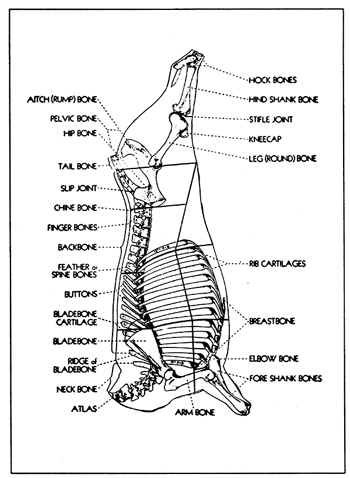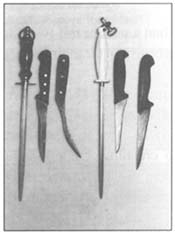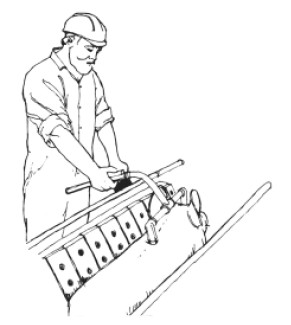Further processing of meat
TYPES OF ANIMAL TISSUE SUITABLE FOR MEAT PROCESSING
Meat is defined as those animal tissues which are suitable for use as food. These are the main soft tissues of the carcass: muscle, mainly skeletal (30– 65 percent), fatty (10–45 percent) and connective tissues. Other animal tissues used as food, and also to some extent in meat processing, are the internal organs including the blood. […]





Recent Comments